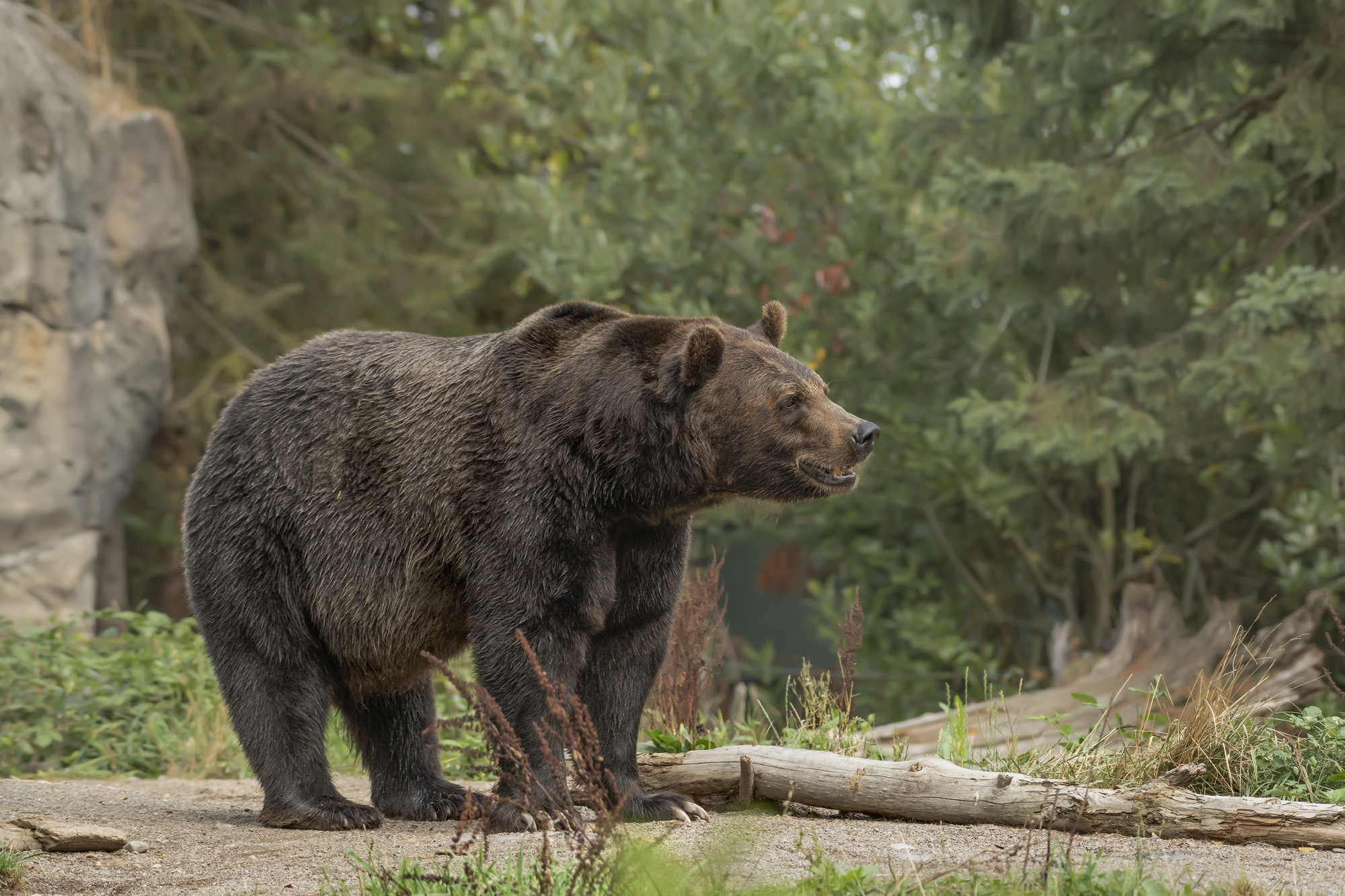Nestled amid the picturesque landscapes of the Carpathian Mountains, Romania is home to a diverse and enchanting wildlife population. Among its charismatic inhabitants, the bears reign as one of the most iconic and cherished species. The lifestyle of bears in Romania is an intriguing tapestry of natural behaviors, adaptation to their environment, and a delicate balance with human presence. In this article, we delve into the captivating lifestyle of Romanian bears, exploring their habitats, diet, social behavior, and the ongoing efforts to protect their well-being.
Habitat and Range
Romania’s varied terrain provides an ideal habitat for bears. The Carpathian Mountains, which extend across the central and southern regions of the country, offer vast stretches of dense forests, meadows, and numerous caves—ideal conditions for the bears to thrive. In addition to the Carpathians, the Romanian bears also inhabit the Danube Delta and the Southern Carpathians, where they find ample resources to sustain their lives.
Diet and Foraging Habits
Bears are omnivores, and their diet is diverse, reflecting the abundance of resources in their habitat. The majority of their diet consists of plant matter, such as fruits, nuts, berries, and various vegetation. During spring and summer, when the forests bloom with an array of offerings, bears capitalize on this bounty, fattening up to prepare for the long winter hibernation.
Moreover, Romania’s rich biodiversity allows bears to occasionally indulge in animal proteins. They may feast on insects, small mammals, and even carrion if the opportunity arises. Their strong sense of smell helps them locate food from afar, enabling efficient foraging even during times when resources are scarce.




Social Behavior and Communication
ears are typically solitary creatures, but they exhibit complex social behaviors when it comes to mating and raising cubs. The mating season usually occurs during spring, when adult males roam their territories in search of receptive females. While they might engage in some sparring to establish dominance, actual aggressive confrontations are relatively rare.
Mother bears display incredible devotion to their cubs. Females give birth during the winter hibernation, and the cubs remain with their mothers for up to two years, during which they learn vital survival skills. This extended period of nurturing contributes to the relatively low reproductive rate of bears, making their conservation even more critical.
Conservation Efforts and Challenges
The Romanian government, along with numerous conservation organizations, recognizes the importance of preserving the country’s bear population. Initiatives have been implemented to protect bear habitats, promote coexistence with humans, and mitigate human-bear conflicts.
However, the expansion of human settlements and infrastructure can sometimes encroach upon bear territories, leading to increased conflicts and potential danger to both bears and humans. Consequently, education and awareness programs are essential to inform local communities about bear behavior, safety precautions, and the significance of preserving these magnificent creatures.
Tourism and Responsible Viewing
Romania’s bears attract nature enthusiasts and tourists from around the world, eager to catch a glimpse of these majestic animals in their natural habitat. Responsible wildlife tourism can play a vital role in supporting conservation efforts, but it must be managed carefully to ensure minimal disruption to the bears’ lives.
Professional wildlife guides are crucial in ensuring that tourists maintain a safe distance and avoid disturbing the animals. Encouraging visitors to respect the bears’ space and not feed them is also paramount to prevent habituation and dependency on human resources.
The lifestyle of bears in Romania is an awe-inspiring spectacle, reflecting the harmony of nature and its remarkable creatures. As ambassadors of the Romanian wilderness, the bears inspire a sense of wonder and appreciation for the importance of conservation and coexistence. By preserving their natural habitats and fostering responsible wildlife tourism, Romania can ensure the continued existence of these iconic bears for generations to come


